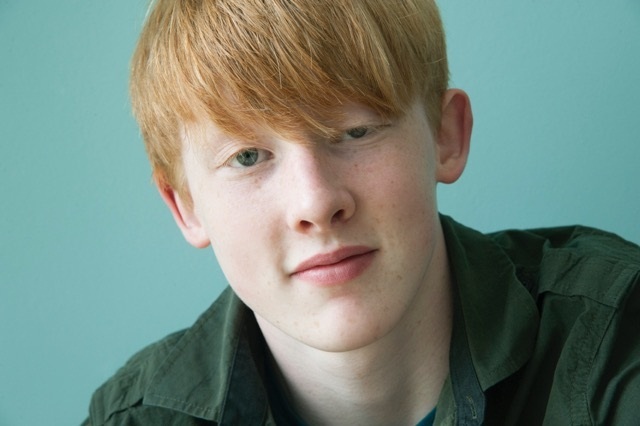The tragic death of Bailey Gwynne who was fatally stabbed last year at one of Scotland’s top schools could have potentially been avoided, an investigation has found.
The 16-year-old was fatally stabbed by another pupil in a lunchtime row over biscuits on October 28 at Cults Academy in Aberdeen.
His killer, now aged 17 and who cannot be named for legal reasons, was originally charged with murder.
However, the youngster – referred to as Child A- was found guilty of the lesser charge of culpable homicide as well as weapons related charges after a five-day trial in March.
He was sentenced to nine years behind bars.
The long awaited report from an independent inquiry into the tragic teen’s killing was finally published on Tuesday.
The multi-agency review into the circumstances of Bailey’s death got underway earlier this year, led by child protection expert Andrew Lowe.
The inquiry involved a six-point plan which included investigating the relationship between Bailey and the boy who killed him, prior to the stabbing.
However, Aberdeen City Council controversially only released the review conclusions on Tuesday due to “legal reasons”.
Instead a summary of the review’s findings were released.
The investigation found that the tragedy was “potentially predictable” had classmates informed teachers that Bailey’s killer was bringing weapons into the school grounds.
The review conclusions stated: “This was unplanned, spontaneous conflict that emerged rapidly out of unexceptional banter. It is not considered that it could have been predicted or averted on the day.
“The course of conflict was fatally altered by the possession of a bladed weapon by one of the boys.
“This was potentially predictable and avoidable if those who knew Child A carried weapons in school had reporterd this to staff.”
The review also found that Child A was “not a violent child” but under “significant and continual pressure from his brother”.
Mr Lowe, who is the independent chairman of child protection and the independent chairman of adult protection for Renfrewshire made a number of recommendations in the wake of his probe.
These included the tightening up of policing of weapons in Scotland’s schools, including searches of youngsters, and educating on the dangers of knife crime – an initiative that Aberdeen City Council earlier opted out of.
The report also recommends that the Scottish Government should explore further legislative controls to stop the purchase of weapons online.
It emerged during the trial of Child A that he had bought knives and other weapons using online shopping sites like Amazon in order to avoid the normal age restrictions that apply in shops.
A new bullying policy is to be implemented by Aberdeen City Council in the wake of the tragedy.
Media watchdogs Ofcom and IPSO are also to consider the imposition of a 24 hour ban on reporting and publication of names involved in a fatal accident to allow all next of kin to be informed by the authorities.







